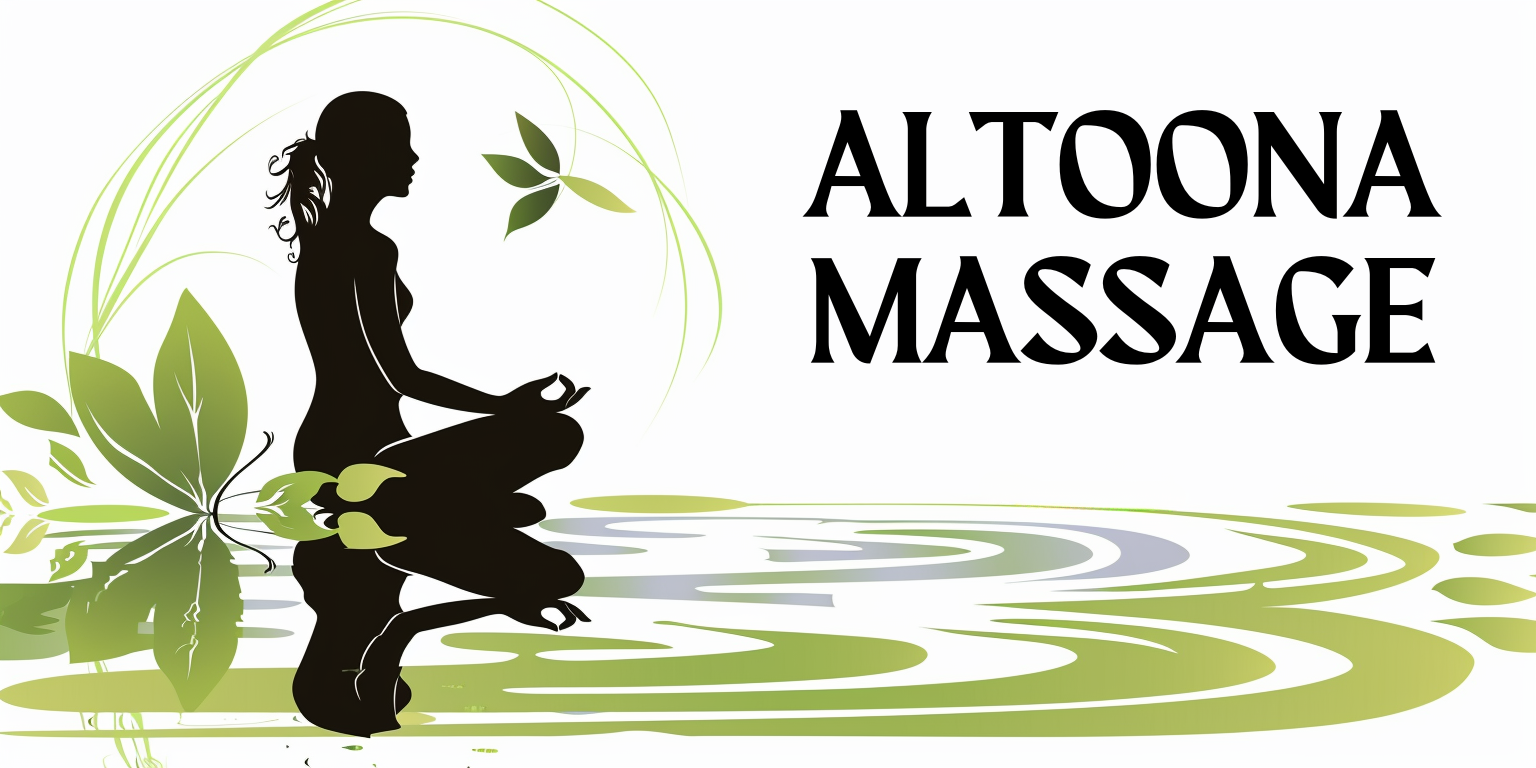Burnout is a state of emotional, physical, and mental exhaustion caused by prolonged and excessive stress. You may find yourself feeling overwhelmed, drained, and unable to meet constant demands. Recognizing the signs and symptoms of burnout is crucial for taking proactive steps toward recovery.
Common indicators include chronic fatigue, irritability, and a sense of detachment from your work or personal life. You might notice that tasks that once excited you now feel burdensome, leading to a decline in your overall productivity and satisfaction. In addition to emotional symptoms, burnout can manifest physically.
You may experience headaches, gastrointestinal issues, or sleep disturbances. These symptoms can create a vicious cycle; as you struggle to cope with stress, your physical health may deteriorate, further exacerbating feelings of burnout. It’s essential to pay attention to these signs early on, as they can escalate if left unaddressed.
By understanding what burnout looks like, you can take the necessary steps to reclaim your well-being.
Key Takeaways
- Burnout signs and symptoms include exhaustion, cynicism, and reduced professional efficacy
- Burnout can impact your mental health, leading to anxiety, depression, and irritability
- Massage can help alleviate burnout by reducing stress, promoting relaxation, and improving sleep quality
- Different types of massage for burnout include Swedish massage, deep tissue massage, and aromatherapy massage
- Finding the right massage therapist for your needs involves researching their qualifications, experience, and client reviews
The Impact of Burnout on Your Mind and Body
The effects of burnout extend beyond mere fatigue; they can significantly impact both your mental and physical health. Mentally, you may find it challenging to concentrate or make decisions. This cognitive decline can lead to feelings of inadequacy and self-doubt, further fueling the cycle of burnout.
You might also experience heightened anxiety or depression, making it difficult to engage in activities you once enjoyed. The emotional toll can leave you feeling isolated, as you may withdraw from social interactions and support systems. Physically, the consequences of burnout can be equally severe.
Chronic stress can lead to a weakened immune system, making you more susceptible to illnesses. You may also experience muscle tension, which can result in chronic pain or discomfort. Over time, these physical manifestations can contribute to more serious health issues, such as cardiovascular disease or metabolic disorders.
Recognizing the profound impact of burnout on both your mind and body is essential for motivating you to seek help and implement effective coping strategies.
How Massage Can Help Alleviate Burnout

Massage therapy has emerged as a powerful tool for alleviating the symptoms of burnout. The therapeutic touch of massage can help reduce stress levels by promoting relaxation and enhancing your overall sense of well-being. When you receive a massage, your body releases endorphins—natural chemicals that act as pain relievers and mood enhancers.
This biochemical response can help counteract the negative effects of stress and provide you with a much-needed respite from the pressures of daily life. Moreover, massage therapy can improve circulation and promote muscle relaxation, addressing the physical symptoms associated with burnout. As tension in your muscles dissipates, you may find that your range of motion increases and discomfort decreases.
This physical relief can lead to improved mental clarity and focus, allowing you to approach challenges with renewed energy and perspective. By incorporating massage into your self-care routine, you can create a sanctuary for yourself—a space where you can recharge and reconnect with your body.
Different Types of Massage for Burnout
There are various types of massage techniques that can be particularly beneficial for addressing burnout. Swedish massage is one of the most popular forms, characterized by long, flowing strokes that promote relaxation and improve circulation. This gentle approach can help ease muscle tension while providing a calming experience that allows you to unwind completely.
Deep tissue massage is another effective option, especially if you carry stress in specific areas of your body. This technique focuses on deeper layers of muscle tissue and fascia, targeting knots and chronic tension. While it may be more intense than Swedish massage, many find it incredibly relieving as it addresses the root causes of discomfort.
Additionally, aromatherapy massage combines essential oils with traditional massage techniques to enhance relaxation and emotional well-being. The soothing scents can elevate your mood and create a more immersive experience.
Finding the Right Massage Therapist for Your Needs
Choosing the right massage therapist is crucial for maximizing the benefits of your sessions. Start by researching local practitioners and reading reviews from previous clients. Look for therapists who specialize in stress relief or burnout recovery, as they will have tailored techniques to address your specific needs.
It’s also important to consider their qualifications and certifications; a licensed therapist will have undergone extensive training in various massage modalities. Once you’ve narrowed down your options, schedule an initial consultation or trial session. This meeting allows you to discuss your concerns and preferences openly.
Pay attention to how comfortable you feel with the therapist; establishing trust is vital for a successful therapeutic relationship. A good therapist will listen to your needs and adjust their techniques accordingly, ensuring that each session is tailored to help you combat burnout effectively.
Incorporating Massage into Your Self-Care Routine

Integrating massage into your self-care routine can be transformative in managing burnout. Consider setting aside time each month for a professional massage session; this regularity can create a sense of anticipation and provide you with something to look forward to amidst life’s challenges. Additionally, you might explore self-massage techniques that you can practice at home.
Simple methods like using a foam roller or tennis ball on tight muscles can help alleviate tension between professional sessions. Creating a calming environment at home can also enhance the benefits of massage. Consider dimming the lights, playing soothing music, or using essential oils to create a tranquil atmosphere.
This space can serve as your personal sanctuary where you can unwind after a long day or recharge during stressful periods. By prioritizing self-care through regular massage, you are actively investing in your mental and physical health.
Other Holistic Approaches to Combating Burnout
While massage therapy is an effective tool for alleviating burnout, it’s essential to explore other holistic approaches that complement this practice. Mindfulness meditation is one such technique that encourages present-moment awareness and helps reduce stress levels. By dedicating just a few minutes each day to mindfulness exercises, you can cultivate a greater sense of calm and clarity in your life.
Yoga is another holistic approach that combines physical movement with breath control and meditation. Practicing yoga regularly can improve flexibility, strength, and mental focus while promoting relaxation. You might also consider engaging in creative activities such as painting or writing; these outlets allow for self-expression and can serve as therapeutic escapes from daily pressures.
By incorporating various holistic practices into your routine, you create a comprehensive strategy for combating burnout.
Maintaining a Healthy Work-Life Balance
Ultimately, preventing burnout requires a commitment to maintaining a healthy work-life balance. You may find it helpful to set boundaries around your work hours; this could mean designating specific times for work-related tasks and ensuring that personal time is protected. Communicating these boundaries with colleagues or supervisors can foster an environment where everyone respects each other’s time.
Additionally, prioritize activities that bring you joy outside of work—whether it’s spending time with loved ones, pursuing hobbies, or simply enjoying nature. Engaging in these fulfilling activities can recharge your spirit and provide a necessary counterbalance to work-related stressors. Remember that achieving work-life balance is an ongoing process; regularly reassess your commitments and make adjustments as needed to ensure that both your professional and personal lives are thriving.
In conclusion, understanding burnout is the first step toward recovery and well-being. By recognizing its signs and symptoms, exploring effective treatments like massage therapy, and incorporating holistic practices into your routine, you empower yourself to combat burnout effectively. Prioritizing self-care and maintaining a healthy work-life balance will not only enhance your quality of life but also enable you to thrive in all aspects of your existence.
FAQs
What is burnout?
Burnout is a state of emotional, physical, and mental exhaustion caused by prolonged stress and overwork. It can lead to feelings of detachment, cynicism, and a lack of accomplishment.
What are the symptoms of burnout?
Symptoms of burnout can include chronic fatigue, insomnia, irritability, forgetfulness, lack of concentration, physical symptoms such as headaches or stomach issues, and a decreased immune system.
How can massage help with burnout?
Massage can help with burnout by reducing stress, promoting relaxation, improving sleep, and relieving muscle tension. It can also help increase feelings of well-being and reduce symptoms of anxiety and depression.
What are the different types of massage that can help with burnout?
Some types of massage that can help with burnout include Swedish massage, deep tissue massage, aromatherapy massage, and hot stone massage. Each type of massage offers different benefits for relaxation and stress relief.
How often should I get a massage for burnout?
The frequency of massage for burnout can vary depending on individual needs and preferences. Some people may benefit from a weekly massage, while others may find that a monthly massage is sufficient to help manage their burnout symptoms.
Are there any risks or contraindications to getting a massage for burnout?
In general, massage is considered safe for most people. However, individuals with certain medical conditions such as blood clots, fractures, or infectious skin conditions should consult with a healthcare provider before getting a massage. It’s also important to communicate any specific concerns or preferences with your massage therapist before the session.
